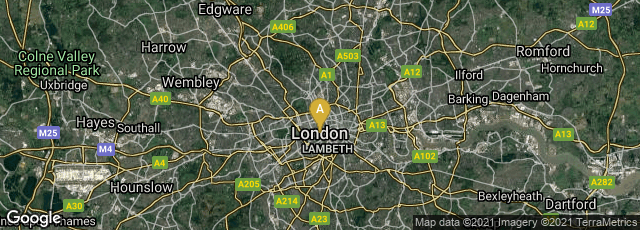Charles Knight published many non-fiction works in parts or fascicules to make them affordable to the widest market. This advertisement was part of a series of ads for Knight's "Periodical Works" included in the first volume of The National Cyclopaedia that Knight published in 1847. The text of the ad indicates that the original edition of The Pictorial Bible (1836-38) was still selling well, but that Knight and Kitto had updated it with the more recently published The Standard Edition of the Pictorial Bible that was also being sold in parts.


A: London, England, United Kingdom
Between 1836 and 1838 in London Charles Knight issued the first very extensively illustrated Bible, entitled The Pictorial Bible. It was published in monthly parts and later offered as a complete set in three thick quarto volumes in publisher's cloth with a special blindstamp reading The Pictorial Bible on the upper covers. The work, which consisted of over 2000 pages, was very extensively illustrated with many hundreds of woodcuts, often inspired by famous paintings. It was also very extensively annotated, with the annotations usually set in relatively small type. The editing and the annotations were published anonymously in the first edition, but the editorial work and writing was done by prolific scholar John Kitto, with some assistance from his wife. The Knight / Kitto edition was the first very extensively illustrated Bible. Prior to this edition illustrated Bibles typically contained about 30 illustrations. As far back as the 15th century illustrated Bibles had been published, including some with many illustrations. In the 16th century Luther's Bible was extensively illustrated with woodcuts, but up to the 1830s no Bible had been as extensively illustrated as the Knight-Kitto edition.
The full text of the verbose descriptive title page read:
The Pictorial Bible Being the Old and New Testaments according to the Authorised version, illustrated with many hundred woodcuts representing the historical events, after celebrated pictures; the landscape scenes from original drawings or from authentic engravings; and the subjects of natural history, costume and antiquities from the best sources. To which are added original notes chiefly explanatory of the engravings and of such passages connected with the history geography, natural history, antiquities of the sacred scriptures as require observation.
Charles Knight seems to have published several versions and offshoots of this edition. The Western Antiquary mentions a 4-volume version published in 1838-1839. Between 1847 and 1849 Knight published in 4 volumes a "new edition" in which "the notes are much augmented, and completely revised." In this edition John Kitto was credited as editor and writer of the notes. For this edition the text was reset into two columns. In 1855-56 W & R Chambers issued a new edition in London, 1855-56. The work was revised by T. R. Birks and published in London by James Sangster 1871-76, having been published in 56 parts. Kitto's notes and commentaries on the Bible texts were so extensive that in 1840 Knight issued the notes and commentary without the Bible text in 5 large 8vo volumes containing well over 1000 pages as The Illustrated Commentary on the Old and New Testament...being a republication of the notes of the Pictorial Bible (5 vols.).
"Charles Knight's publication of the lavishly illustrated Pictorial Bible (1836-380 transformed the established format of illustrated Bibles. The project was driven by a desire for popular education and reflected Knight's wider editorial concerns, evident in the Penny Magazine and his involvement with the Society for the Diffusion of Useful Knowledge. During the 1830s the typical illustrated Bible contained on average thirty illustrations. Their selection followed a pattern that had been established i the 1790s and included engravings after works by canonical masters such as Raphael, Rose, Reni, Domenichino, the Carracci, Rubens and Pousin. While in Knight's Pictorial Bible the selection of illustrations showing biblical events remained virtually unchanged, the volumes were teeming with completely new types of illsutration, which were broadly speaking scientific and historical. They showed the fauna and flora, architecture, customs and dresses and the landscapes of the Bible. The Pictorial Bible was intended to 'make the ojbects described or referred to in the Holy Scriptures familiar to the eye of the general reader" (Giebelhausen, Painting the Bible: Representation and Belief in Mid-Victorian Britain [2006] 135).
Considering the obvious commercial success of the Charles Knight / John Kitto Pictorial Bible, I think that it is reasonable to surmise that the Harpers might have emulated this concept, with changes, in their larger format Harper's Illuminated and New Pictorial Bible published in parts in New York from 1843-1846, which was considered the finest book produced in the United States up to that date. The Harper version had a larger page size, a different style of page layout, and was issued in one thick volume. The Knight version published in 3 volumes had a somewhat smaller page size and significantly more supplementary text and annotations.